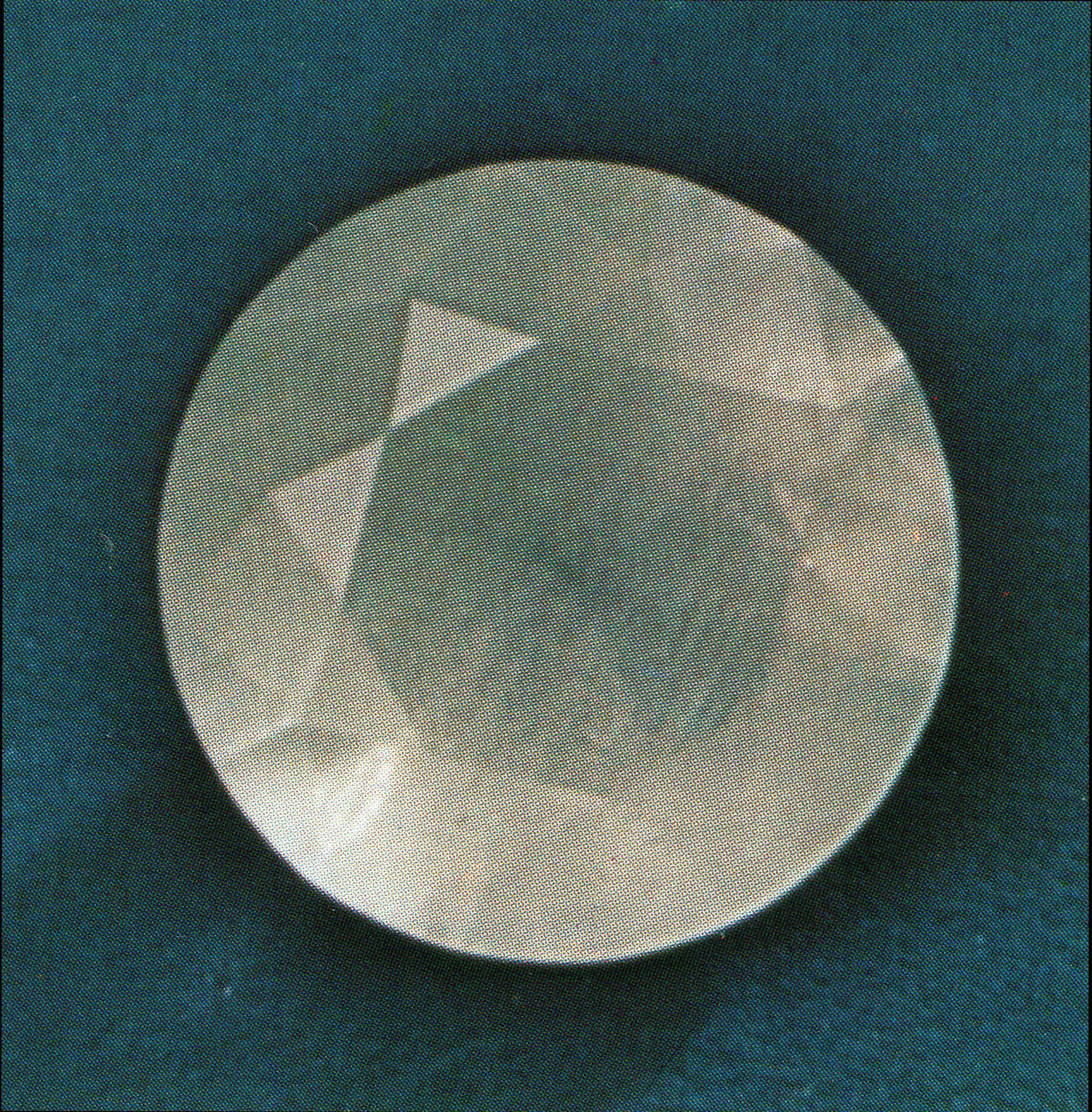Witherite Value, Price, and Jewelry Information
Easy to cut but too soft and fragile for jewelry, a faceted witherite would make an unusual addition to a gem collection.
2 Minute Read
Easy to cut but too soft and fragile for jewelry, a faceted witherite would make an unusual addition to a gem collection.
Start an IGS Membership today
for full access to our price guide (updated monthly).Witherite Value
What is Witherite?
Witherite forms a series, as the barium (Ba) analogue, with strontianite, the strontium (Sr) analogue. Both belong to the aragonite mineral group.
Although an uncommon mineral, witherite has had numerous commercial uses.
Does Witherite Make a Good Jewelry Stone?
You'll more likely find witherites in mineral collections, if at all, than jewelry collections. With a Mohs hardness of only 3 to 3.5 and distinct cleavage, these gems would make poor jewelry stones. Although easy to cut, witherites prove difficult to polish.
If worn as jewelry, reserve them for occasional use and make sure they don't rest for long periods against your skin. Over time, they will react to sweat. Use protective gem settings only.
As cut jewelry stones, witherites have little to recommend them in terms of beauty or wearability. Nevertheless, faceting adds rarity and thus interest for those pursuing a gem collection of unusual specimens.
Is Witherite Hazardous?
Lapidaries who cut witherite should take precautions against inhaling dust from this material. Witherite (barium carbonate) is toxic if ingested.
Crystals and finished gems should pose no risk as display specimens. However, secure them from small children or pets who may be tempted to place the stones in their mouths.
Scratches on witherites may create tiny particles that could be ingested accidentally, so jewelry use presents some risk. However, protective settings should keep these stones safe for occasional wear.
Oddly enough, witherite was once used in sugar refining.
Identifying Characteristics
Witherites effervesce in acid. Please note that acid testing is a destructive test. Use this procedure only as a last resort for identification and never on a finished gem.
Witherites can fluoresce or phosphoresce blueish white. They can also show the following luminescent colors:
- Green and yellow in shortwave (SW) ultraviolet light (England) with phosphorescence.
- Yellowish, with phosphorescence, in longwave (LW) UV light.
- Fluorescence in X-rays.
A large, sharp, lustrous, pseudo-hexagonal yellowish witherite crystal attached to a thin vein of yellow fluorite. The witherite shows blueish white fluorescence; the fluorite blue. This specimen, approximately 4.8 x 4.4 x 3.2 cm, come from the Minerva No. 1 Mine, Cave-in-Rock, Cave-in-Rock Sub-District, Illinois - Kentucky Fluorspar District, Hardin Co., Illinois, USA. © Rob Lavinsky, www.iRocks.com. Used with permission.
Are There Synthetic Witherites?
Scientists have synthesized witherite-strontianite series crystals for mineralogical research. However, there is no known jewelry use for this material.
There are no known gemstone enhancements for witherites.
Where are Witherites Found?
The Minerva Mine in Rosiclare, Illinois produces large yellowish crystals.
In the United Kingdom, various sites — including the type locality (Brownley Hill Mine, Alston Moor, England) — produce fine crystals.
Other notable sources of crystals include the following:
- United States: Arizona; California; Kentucky; Montana; Lockport, New York.
- Austria; Germany; Czech Republic; France; Japan; Russia; Slovakia.
Stone Sizes
Lapidaries normally don't cut witherites into cabochons, since their colors are too pale to be attractive in such a form. Faceted gems, even those under five carats, are usually more translucent than transparent.
How to Care for Witherites
Clean witherites only with warm water, mild detergent, and a soft brush, but don't soak them. Make sure to dry them thoroughly after cleaning.
For more recommendations, consult our gemstone jewelry care guide.
Joel E. Arem, Ph.D., FGA
Dr. Joel E. Arem has more than 60 years of experience in the world of gems and minerals. After obtaining his Ph.D. in Mineralogy from Harvard University, he has published numerous books that are still among the most widely used references and guidebooks on crystals, gems and minerals in the world.
Co-founder and President of numerous organizations, Dr. Arem has enjoyed a lifelong career in mineralogy and gemology. He has been a Smithsonian scientist and Curator, a consultant to many well-known companies and institutions, and a prolific author and speaker. Although his main activities have been as a gem cutter and dealer, his focus has always been education. joelarem.com
International Gem Society
Related Articles
Black Diamond Value, Price, and Jewelry Information
Chameleon Diamond Value, Price, and Jewelry Information
Gray Diamond Value, Price, and Jewelry Information
Green Diamond Value, Price, and Jewelry Information
Latest Articles
Opal Buying Guide
Amethyst Sources Around the World: The Geological Story Behind These Purple Gemstones
Brazilianite Value, Price, and Jewelry Information
Ruby-Glass Composites vs Leaded Glass Clarity Enhancements
Never Stop Learning
When you join the IGS community, you get trusted diamond & gemstone information when you need it.
Get Gemology Insights
Get started with the International Gem Society’s free guide to gemstone identification. Join our weekly newsletter & get a free copy of the Gem ID Checklist!
